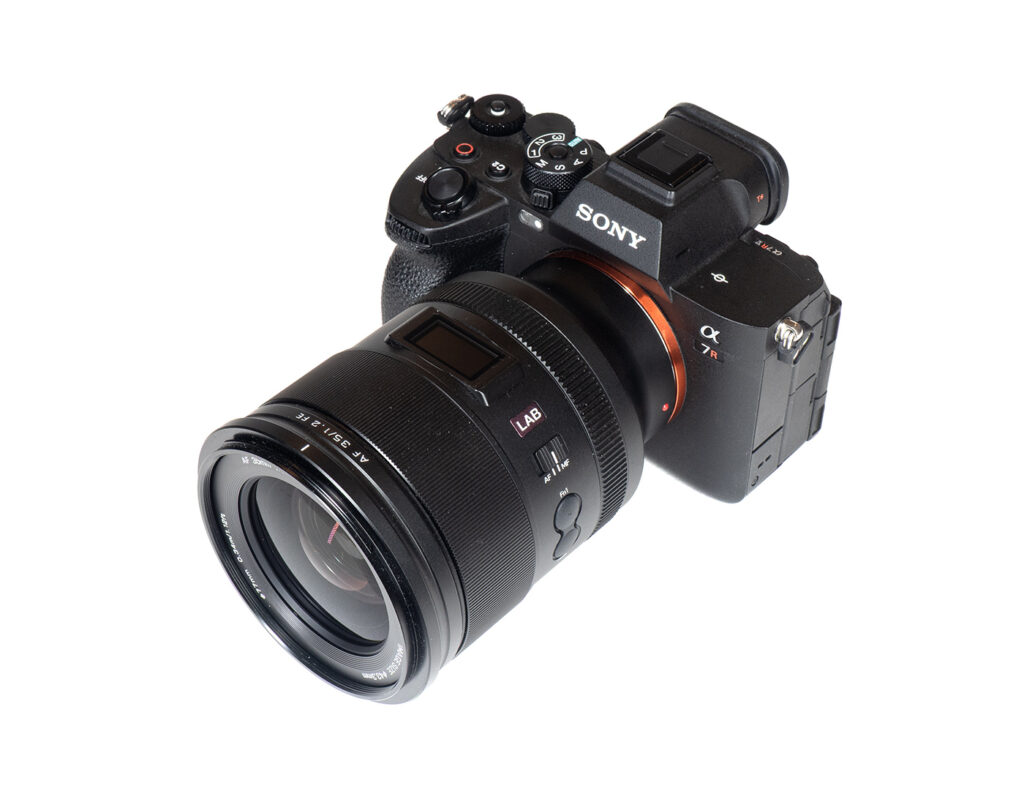Once we again, we are pursuing the “need for speed” – this time with the Viltrox AF 35mm f/1.2 LAB FE. It’s Viltrox’ 2nd “LAB” lens, indicating that this is a member of their highest grade of lenses – following the great AF 135mm f/1.8 LAB FE. Needless to say – 35mm lenses are among the most versatile out there. They can be used for anything from street photography, to nightscapes, landscapes and even portraits. In terms of pricing, Viltrox is pretty bold this time around. The AF 35mm f/1.2 FE LAB has an ambitious price tag of $999USD (£959,€1099,$1449AUD,¥164,899) which is comparable to what Sigma is charging for their 35mm f/1.2 DN DG ART.
The first thing you’d notice after unboxing is the size and especially the weight, although that’s to be expected from an f/1.2 lens. In fact, it is still slightly more compact/more lightweight than the mentioned Sigma lens. Overall, we’d rate the build quality of the Viltrox AF 35mm f/1.2 LAB FE as excellent. It’s an all-metal construction, including weather sealing and a smoothly turning focus ring. In terms of controls, there is also a de-clickable aperture ring, 2 custom buttons and the AF/MF switch. We aren’t a huge fan of the unmarked, infinitely scrolling aperture ring, but this approach may make life a little easier for the video folks. The lens has an internal focusing system, including a dual floating system for close focus correction. A petal-shaped lens hood is included. It uses a “Hyper-VCM” (Voice-coil Motor) for focusing. A VCM is an electromagnetic linear actuator where the magnet is fixed, and the coil is mobile. It has to perform some heavy work because of the weight of the glass elements here. We’d still rate the AF speed as very good (on an A7R V). Manual focusing works by wire – as usual. Unusual is the TFT display that is showing the focus distance and current aperture. Whether such a feature is really needed is debatable, but it doesn’t hurt either.
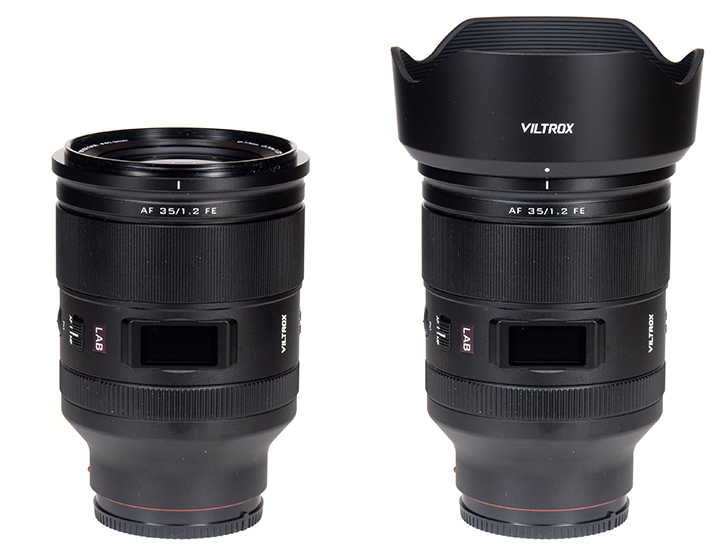
| Specifications | |
|---|---|
| Optical construction | 15 elements in 10 groups (5x ED, 3x HR, 2x aspherical) |
| Number of aperture blades | 11 |
| min. focus distance | 0.34m (max magnification: 0.17x) |
| Dimensions | φ89.2×121.8mm |
| Weight | 920g |
| Filter size | φ77mm |
| Hood | petal-shaped (bayonet mount, supplied) |
| Other features | Dual floating system Aperture ring (de-clickable) 2x custom buttons (focus lock, A-B distance preset) Color display Firmware updates via USB-C/Bluetooth |
Distortions
We received a pre-production sample that didn’t contain a correction profile for distortions, yet. They may have added this to the production version by now, though.
The Viltrox lens produces a native image distortion of 0.7% pincushion-style. This is better than usual in this age of mirrorless cameras.
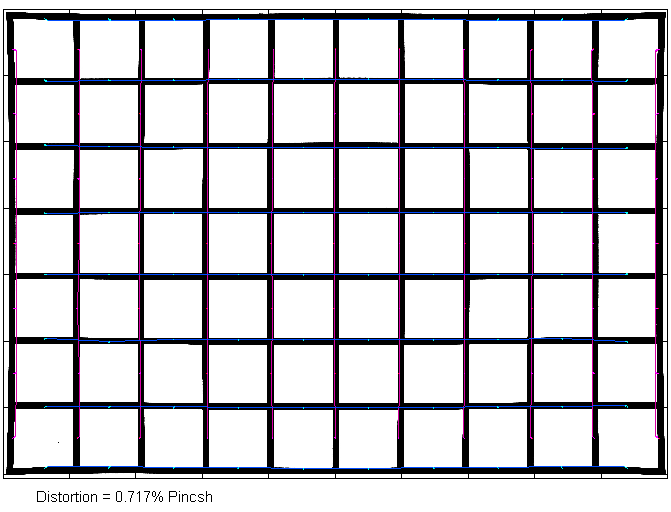
Vignetting
The raw vignetting is normal for an ultra-fast lens. At f/1.2, the light falloff exceeds 3 EV (f-stops). Stopping down to f/2 cuts this down to roughly half of this. And it’s acceptable from f/4.
Regardless, auto-correction is recommended here. Activated, it reduces the vignetting quite substantially at f/1.2, although it is still visible. The issue is mostly gone from about f/2 in this case.
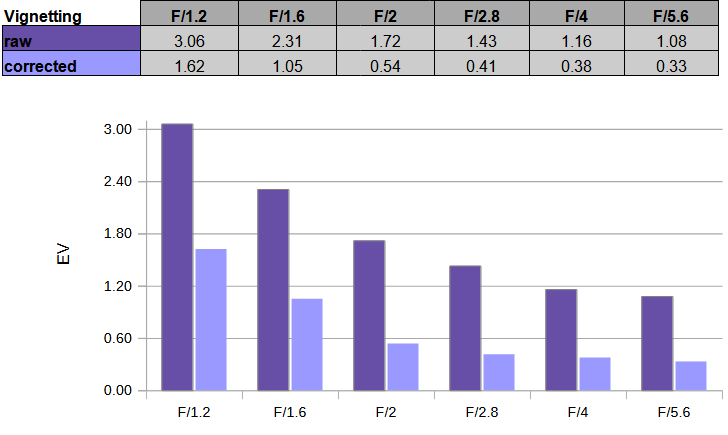
MTF (resolution) at 42 megapixels
Ultra-fast lenses tend to suffer from image degradation at their maximum aperture setting. While the Viltrox AF 35mm f/1.2 LAB FE cannot completely avoid this at f/1.2, the results are nonetheless impressive here. The broader image center and even the borders are very sharp already. Only the extreme corners are a marginally softer, but still make it easily across the “good” mark. The image center sees a major boost in quality at f/1.6 already. The increases further at f/2 where the near-center quality is also excellent. The outer image field is very good here. The peak performance is reached between f/2.8 and f/4 with a truly outstanding broader center and a very good to excellent outer image field. Beyond, diffraction is a limiting factor, although it’s not really an issue until beyond f/11 (on high megapixel cameras).
The centering quality of the tested sample was good. The field curvature is flat.
Please note that the MTF results are not directly comparable across the different systems!
Below is a simplified summary of the formal findings. The chart shows line widths per picture height (LW/PH) which can be taken as a measure of sharpness. If you want to know more about the MTF50 figures, you may check out the corresponding Imatest Explanations.
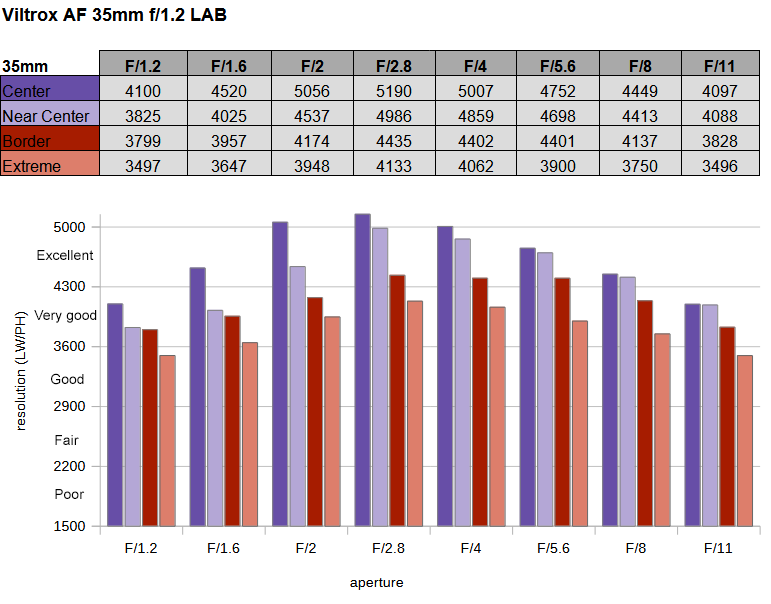
Chromatic Aberrations (CAs)
Lateral CAs are extremely low at large aperture settings, and increase only slightly from f/2.8 onward. Even at its peak, they don’t reach disturbing levels.

Bokeh
Such a fast lens isn’t just about sharpness, but also about the out-of-focus rendering, aka the bokeh.
Out-of-focus highlights are very nicely rendered near the image center. The inner zone of the discs is very smooth despite two aspherical elements in the design. There is virtually no outlining, and the circular shape remains intact even at f/2.8 thanks to no less than 11 aperture blades.

When looking at the highlight rendering across the image field, we can see a slight shape deterioration from the midfield onward at f/1.2. However, even the corner highlights aren’t harshly cut but maintain an almost ellipsoid shape. As usual, stopping down increases the “perfect” zone, although the corner shapes aren’t fully restored until f/2.8.
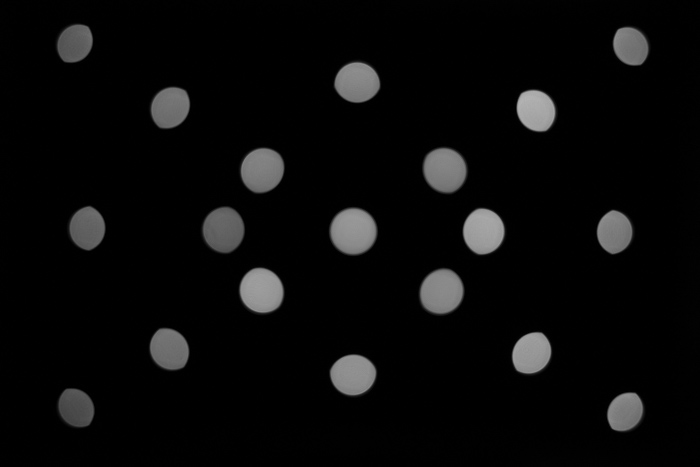
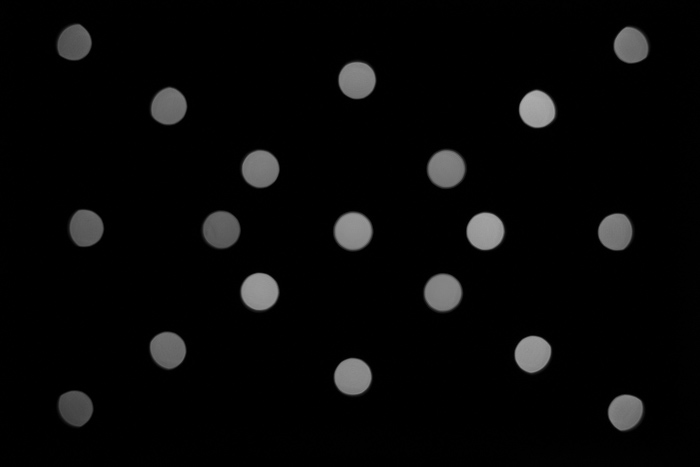
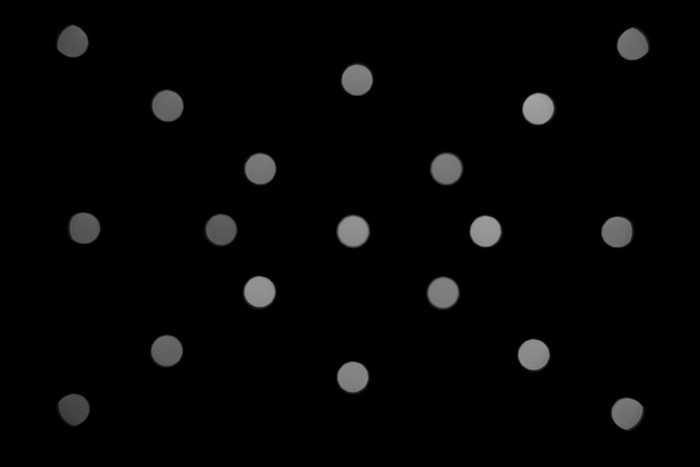
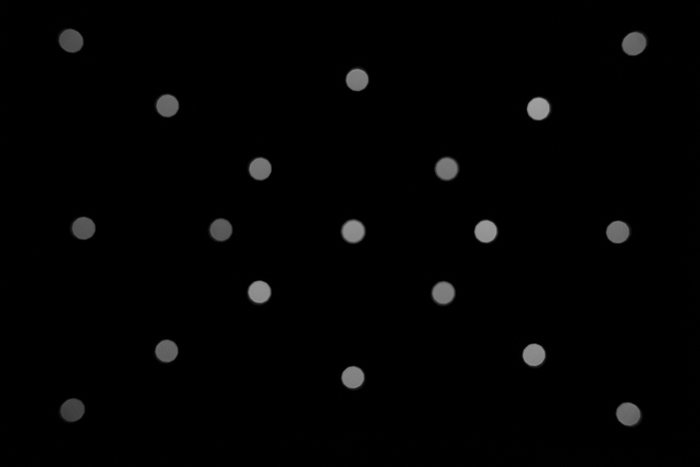
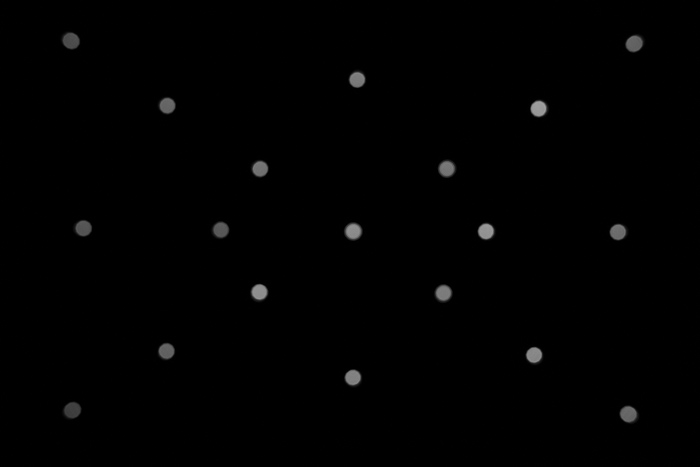
The blur in the focus transition zone is very decent. The more critical background blur (shown to the left below) is very smooth. The less critical foreground bokeh is somewhat harsh and more contrasty.
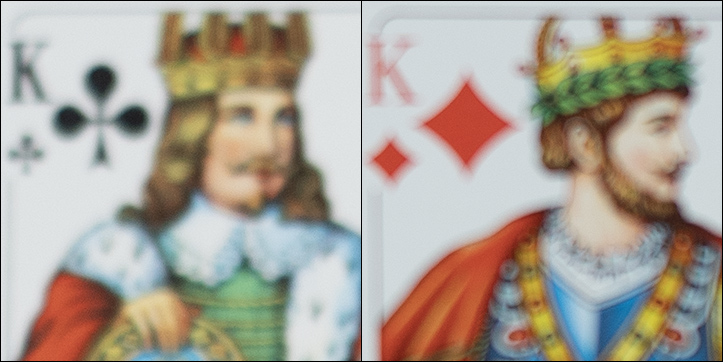
Bokeh Fringing / LoCA
LoCAs, or bokeh fringing, is a color fringing effect on the Z-axis. It shows up with a purplish tint in front of the focus point and a greenish tint behind – and it’s nearly impossible to fully correct in post.
As you can see below, the Viltrox lens shows some color fringing at f/1.2 without being extreme. Stopping down to f/2 reduces substantially, and the issue is basically gone from f/2.8.
There’s only a very marginal focus shift towards the rear here. This amount isn’t relevant is real-life scenes.
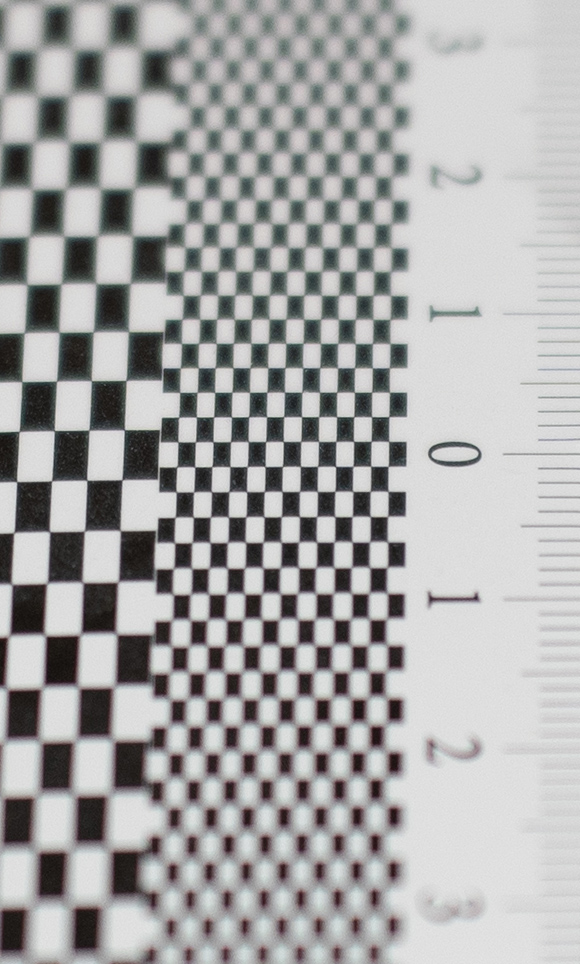
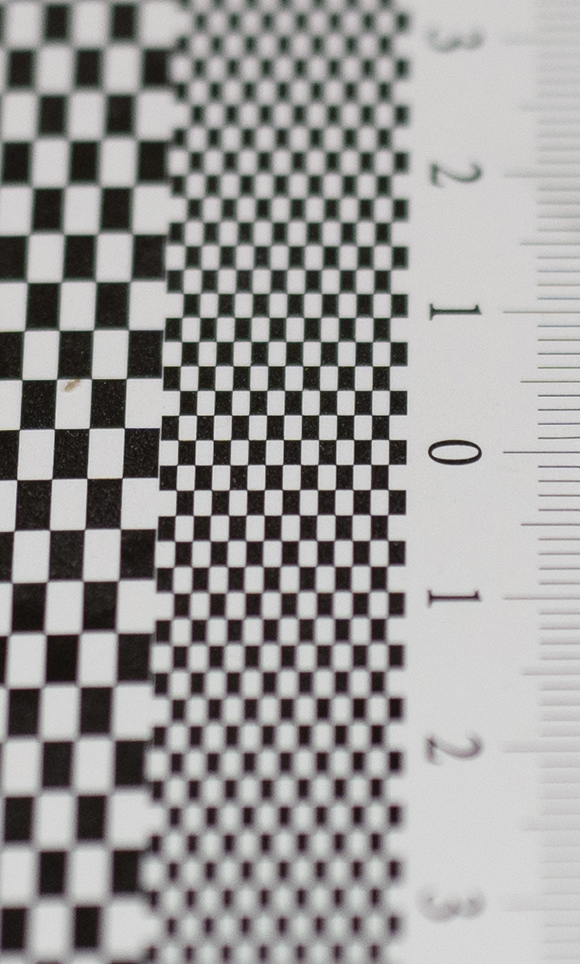
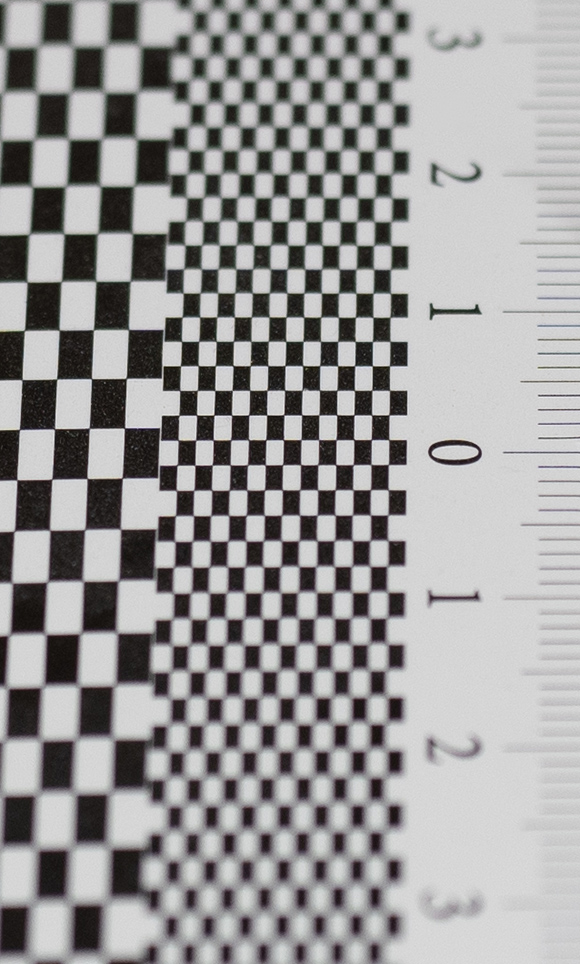
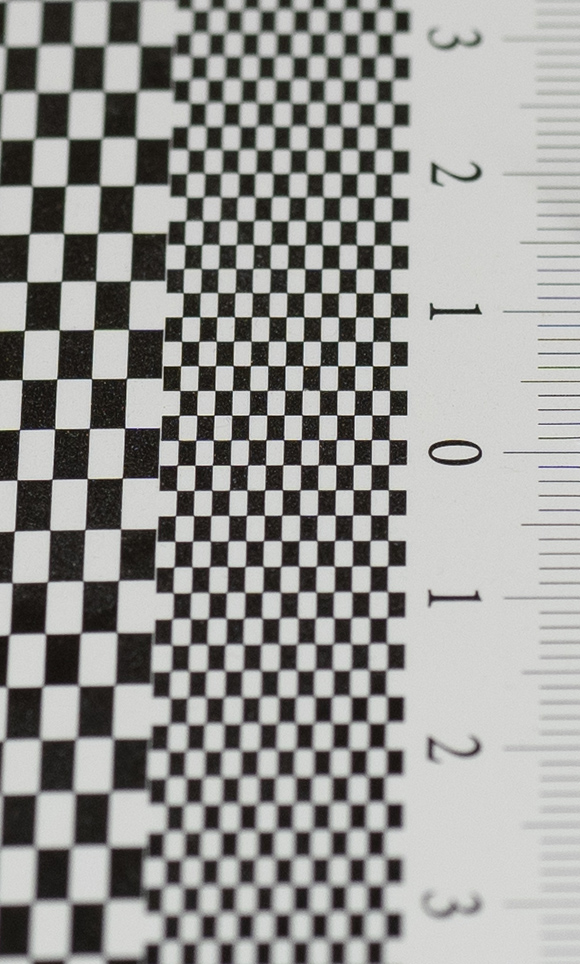
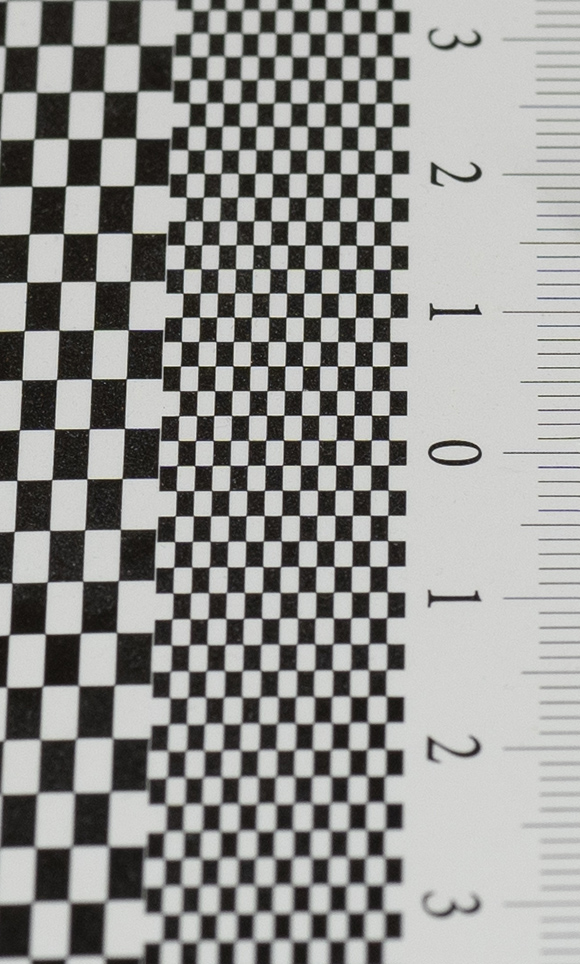
Sun Stars
Sun stars/rays are an aperture effect when stopping down – introduced by an increasingly edgy aperture shape. They occur when shooting images with very bright light sources such as the sun or streetlights at night.
The Viltrox AF 35mm f/1.2 LAB FE isn’t optimized for this kind of effect because of its 11 aperture blades. However, it is possible to produce some fairly decent rays at f/11 and f/16. At large aperture settings, bright spotlights are only rendered as a “blob” due to the near-circular aperture shape.

Competition
As always in Sony E-mount, there are lots of lenses to choose from also in this lens class. The primary competitor is the Sony FE 35mm f/1.4 GM. It’s slightly slower, obviously, which also explains why its price tag isn’t too far off from the Viltrox AF 35mm f/1.2 FE LAB. Among the 35mm f/1.4 lenses, there’s also the Sigma 35mm f/1.4 DG DN ART and the Samyang AF 35mm f/1.4 FE II – both of which are substantially cheaper, especially the Samyang. Directly comparable in terms of speed is the Sigma 35mm f/1.2 DG DN ART at the same price tag. The Sigma will see a successor (mk II) soonish.
Sample Images
Viltrox delivered another impressive lens - this time the ultra-fast Viltrox AF 35mm f/1.2 LAB FE. It's not only fast, but also capable of producing great image quality. It's very sharp at f/1.2 and reaches greatness from f/2. Lateral CAs are low. Axial CAs are noticeable at large aperture settings, although not excessive. The vignetting is typical for such a lens. Images shows a slight pincushion distortions - and our pre-prod sample didn't have a correction profile to eliminate them. The background bokeh is very smooth and out-of-focus highlights are nicely rendered.
The build quality is up to professional standards thanks to a weather-sealed all metal housing. The focus control ring is smooth. We wished that Viltrox had used a marked aperture ring instead of "infinite scrolling" but that's a matter of taste. A more precise aperture change per "click" would have been nice, though. The AF is quick and noiseless.
Some may find it almost suspicious that we rated many (although not all) Viltrox lenses so highly. However, most of our rating depends on data, and it matches with what we can see in sample images. So, it is once again ... highly recommended!
Viltrox lenses can be purchased via the Viltrox online store (Use code KSDE3512LAB5 for 5% discount) or the usual suspects such as Amazon or B&H.
The Good
- Very sharp even at f/1.2, superb from f/2
- Nice background bokeh
The Bad
- It's heavy
- LoCAs at f/1.2
- No distortion correction profile (in out pre-prod sample, but this may be added via firmware)
-
Optical Quality
-
Build Quality
-
Price / Performance


